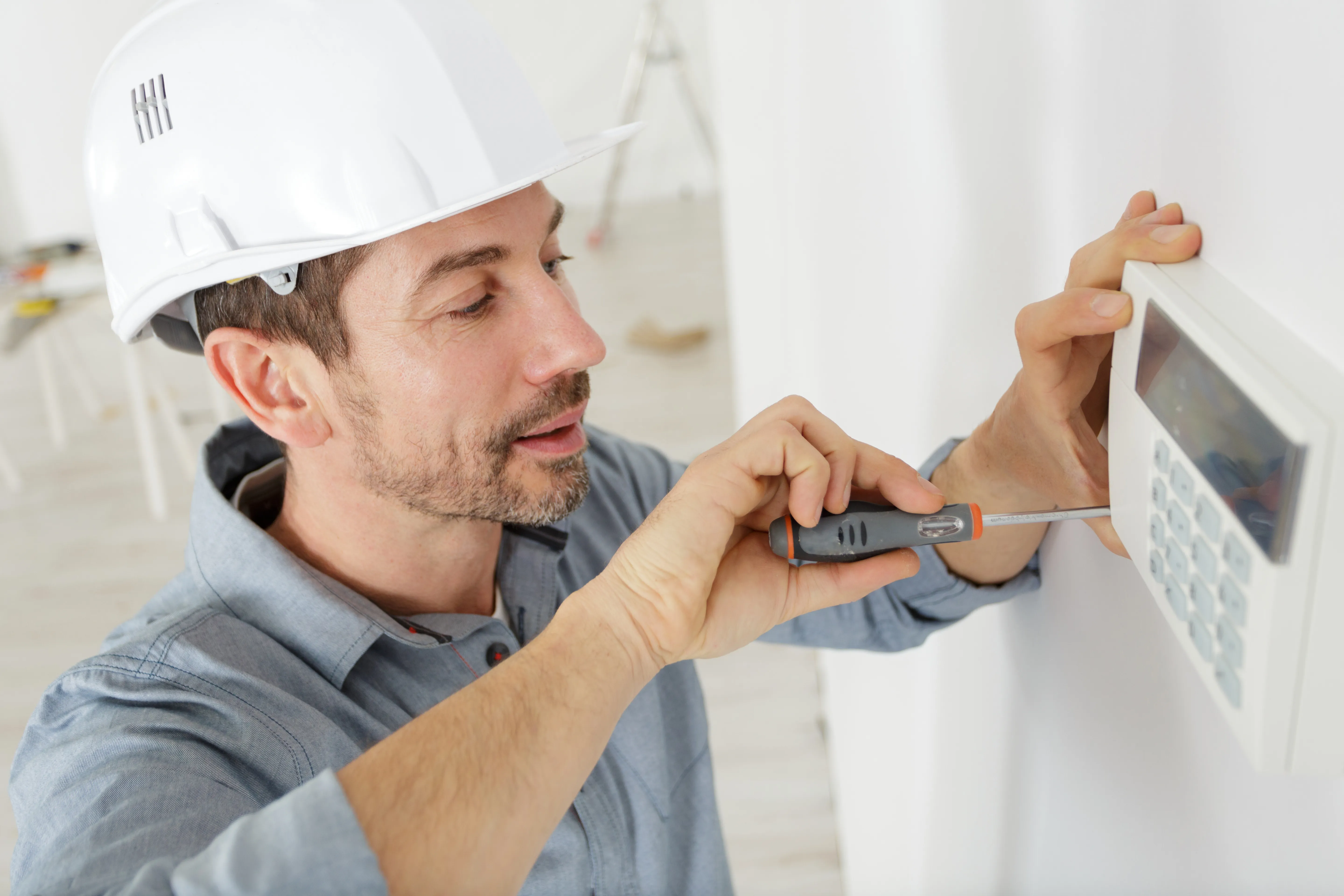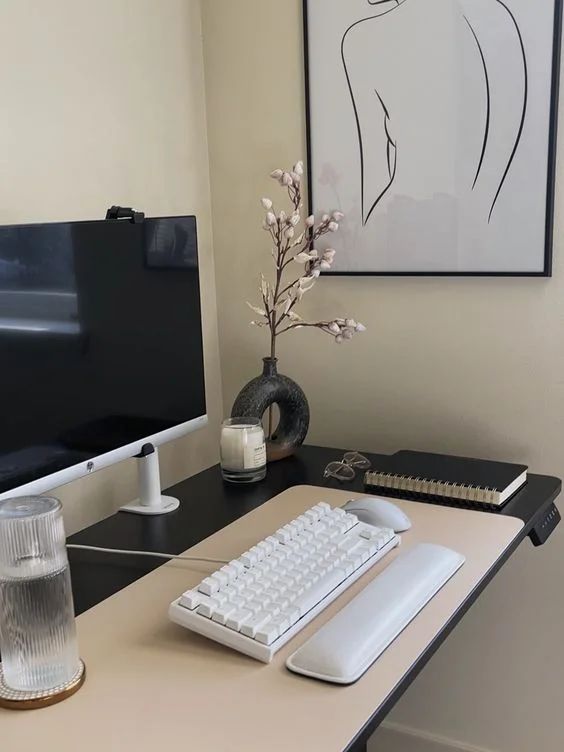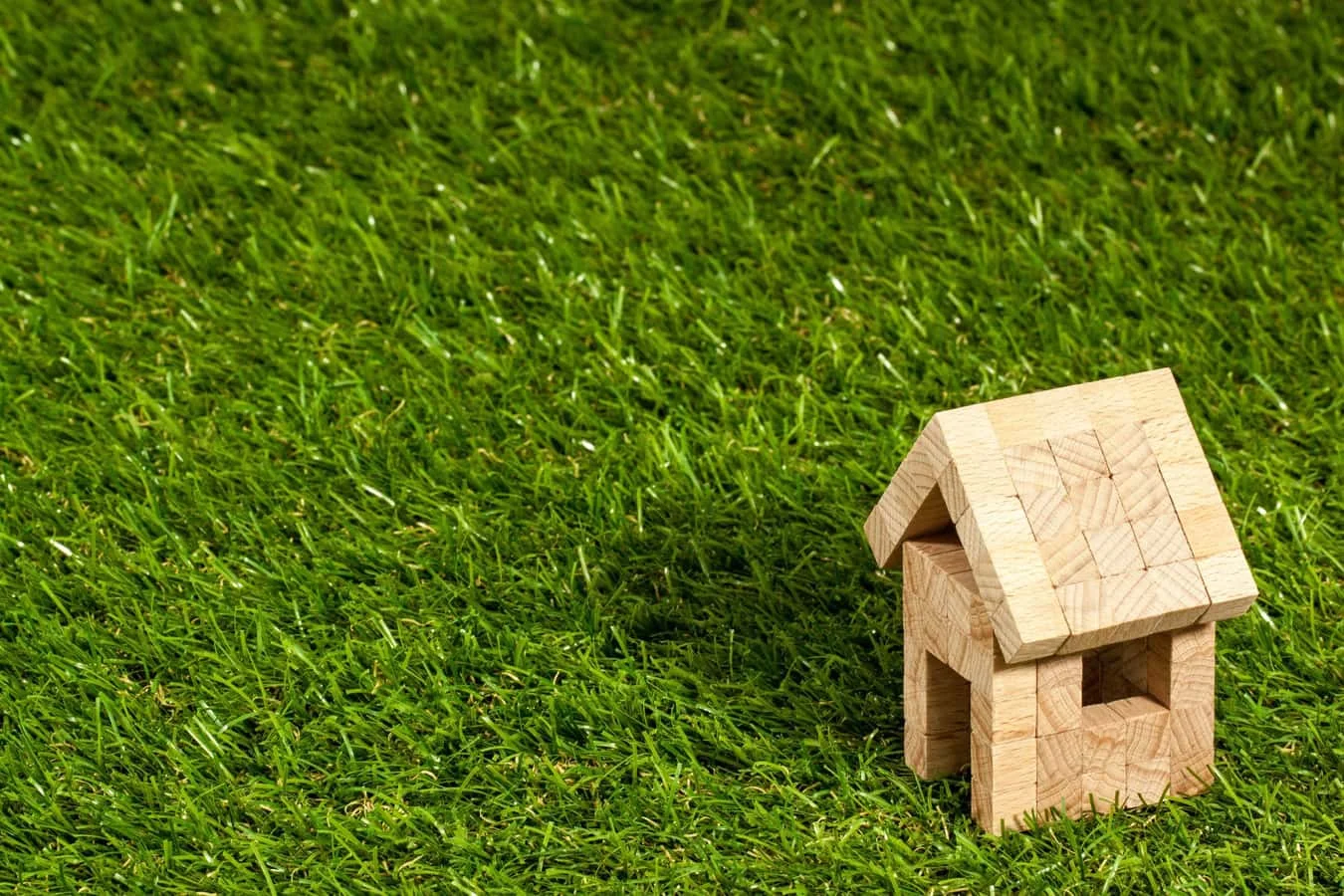There can be your advertisement
300x150
4 Risks Associated with Improper Thermostat Maintenance
As seasons change, so does the temperature both inside and outside your home. While you may rely on spring's coolness, you might feel differently once summer arrives—especially if your region reaches unbearable temperatures. Then comes autumn to cool things down, only for winter to bring harsh cold weather.
Regardless of how efficiently your architect designed the house, you can't rely solely on wall and floor insulation to survive extreme temperature fluctuations throughout the year. Fortunately, you can consider other additions and devices that help regulate indoor temperatures for optimal comfort. Among these are thermostats.

What Is a Thermostat?
Although thermostats don't conduct heat like insulated floors and walls, they play an important role in controlling indoor temperature. Moreover, this device ensures even heat distribution throughout the house.
You can monitor your thermostat's performance by checking its display. Once properly set, it will execute a series of actions to maintain the optimal indoor temperature.
Risks of Improper Thermostat Maintenance
However, since it usually operates in the background, you might only notice thermostat issues when a crisis occurs—by which time it may already be too late. Since it's designed to optimize temperature throughout the home, you can easily detect a malfunction if you feel uncomfortable even after several adjustments.
If so, thermostat maintenance is needed. Otherwise, other possible issues include:
1. Thermostat Malfunction
Most devices require maintenance to function properly. Even those rarely used and in standby mode should be regularly serviced. You can imagine how serious this is for your heating system.
Everything that runs 24/7 during the coldest nights and hottest days will wear out. This is expected for your heating system. Since it's installed inside the house to monitor temperature, a faulty thermostat can become a significant problem.
Due to its function, the thermostat may interfere with AC operation by turning it on and off at random times. This affects not only the heating system but also indoor comfort. One reason is the buildup of dirt in the piping system. Because of these blockages, air circulating through the system can leak out. Without proper airflow, the rest of the heating system will be damaged over time.

2. Suboptimal Indoor Temperature
Since the thermostat operates in the background, it remains out of sight for everyone living in the house. For this reason, it often receives insufficient attention. As it stays visible, dust accumulates on the thermostat. When this happens, dirt interferes with internal sensors' normal operation. This manifests as the thermostat no longer accurately reading temperature.
While this might seem like a minor issue, remember that the device is meant to maintain indoor temperature. Since it can no longer read data accurately, its settings may be far from your comfort level—especially if it's a smart thermostat. If not, you might be surprised by incorrect readings.
3. Poor Indoor Air Quality
Although a thermostat's main function is to maintain indoor temperature, it doesn't exclude the impact of air quality. Ultimately, constant airflow from outside through the HVAC system can deteriorate air quality. Additionally, dust accumulates in areas rarely moved.
Even though air filters are inside the AC unit, improper cleaning can cause them to clog. The longer your heating system runs, the more dust accumulates in filters. This leads to reduced airflow and poor-quality air output from your HVAC system. Remember that airborne particles can significantly affect those with sensitive respiratory systems.
Thus, improper thermostat maintenance can impact your health beyond just discomfort.
4. Increased Energy Consumption
As mentioned above, even if the thermostat is dusty or dirty, it continues to operate until its internal mechanisms are damaged. However, due to improper temperature optimization, you may start demanding more from the thermostat before realizing the true cause of problems. But when you do reach the root issue, your electricity bills will have doubled.
This happens when you adjust the thermostat to maximum or minimum temperatures just for comfort—hence increasing electricity usage.
Conclusion
Each year, temperatures constantly shift with the seasons—cold one moment and warm the next. Depending on your location, these changes may cause physical and financial discomfort. Thus, having a heating system and thermostat is beneficial. But since they are often overlooked, their maintenance can be forgotten. As a result, you expose yourself to risks that could affect your physical and financial well-being. Therefore, it's essential to regularly inspect the thermostat to avoid these risks.
More articles:
 3 Simple Steps to PERFECTLY Organize Your Workspace
3 Simple Steps to PERFECTLY Organize Your Workspace 3 Simple Steps to Preserve Real Estate Value in Denver
3 Simple Steps to Preserve Real Estate Value in Denver 3 Amazing Benefits of Building a House in Australia
3 Amazing Benefits of Building a House in Australia 3 Things About Windows You May Not Know
3 Things About Windows You May Not Know 3 Tips for Refreshing Your Interior
3 Tips for Refreshing Your Interior 3 Trendy Wallpaper Styles to Choose From This Year
3 Trendy Wallpaper Styles to Choose From This Year 3 Types of Barn Designs for Your Outdoor Spaces in 2022
3 Types of Barn Designs for Your Outdoor Spaces in 2022 3 Unique and Attractive Color Schemes for Your Memorable Christmas Tree
3 Unique and Attractive Color Schemes for Your Memorable Christmas Tree